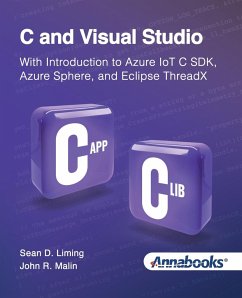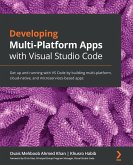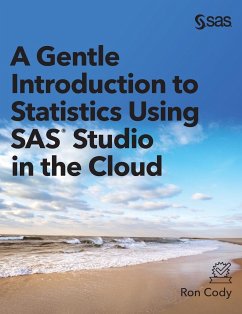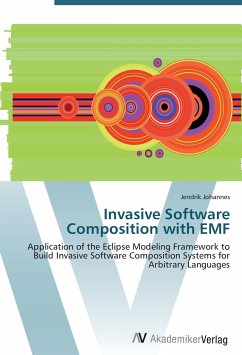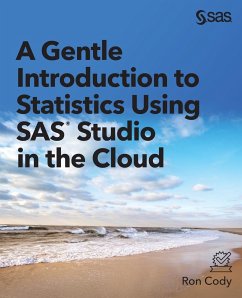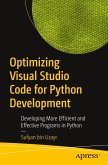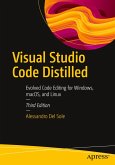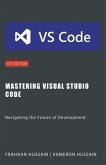With billions of devices connecting to the cloud, the need for more programmers with a range of skill sets is more present than ever. Most high schools in the United States teach high-level languages such as Java, Python, or Javascript. These programming languages are perfect for web or application programming, but many of the billions of devices run on MCUs or FPGAs, which require C programming. Microsoft has been shifting its product and support plan for the MCU space for some time. Azure IoT C SDK is the solution to connect MCU devices to Azure, and there are examples of how to write applications to run on Windows. Azure Sphere is a system-on-chip solution with a built-in Linux distribution that allows developers to write applications in Visual Studio. Eclipse ThreadX, formally Azure RTOS, has a port to Win32 so you can build test ThreadX applications with Visual Studio on Windows. There are other books that cover the GCC compiler; but the confluence of school curriculums, the need for low-level programmers, and the offerings from Microsoft makes C and Visual Studio a niche book for learning C programming using one of the most popular IDEs in the industry. C and Visual Studio applies the Computer Science pedagogical approach that is used for other programming languages to the C language. Combined with the authors' hands-on style, anyone familiar with a higher-level language will be able to get up the learning curve quickly. The first 9 chapters of the book cover the fundamentals of C programming from data types, program flow, arrays, pointers, data types, search, sort, memory management, and file I/O. The last 3 chapters introduce Azure IoT C SDK, Azure Sphere, and Eclipse ThreadX. There are over 50 hands-on exercises to get you familiar with the C programming language and features of Visual Studio.
Hinweis: Dieser Artikel kann nur an eine deutsche Lieferadresse ausgeliefert werden.
Hinweis: Dieser Artikel kann nur an eine deutsche Lieferadresse ausgeliefert werden.

